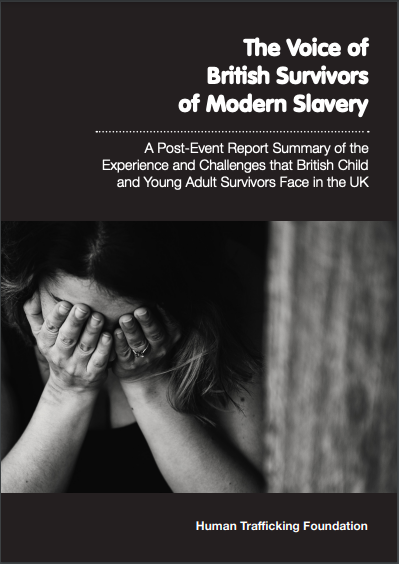Implications of the COVID-19 pandemic for human rights and modern slavery vulnerabilities in global value chains
PublicationsWritten by Hinrich Voss. The COVID-19 pandemic has revealed vulnerabilities and fragilities in global value chains. The worldwide economic lockdowns to contain COVID-19 have led in some industries to unilateral cancellations and suspensions of or...Read More

